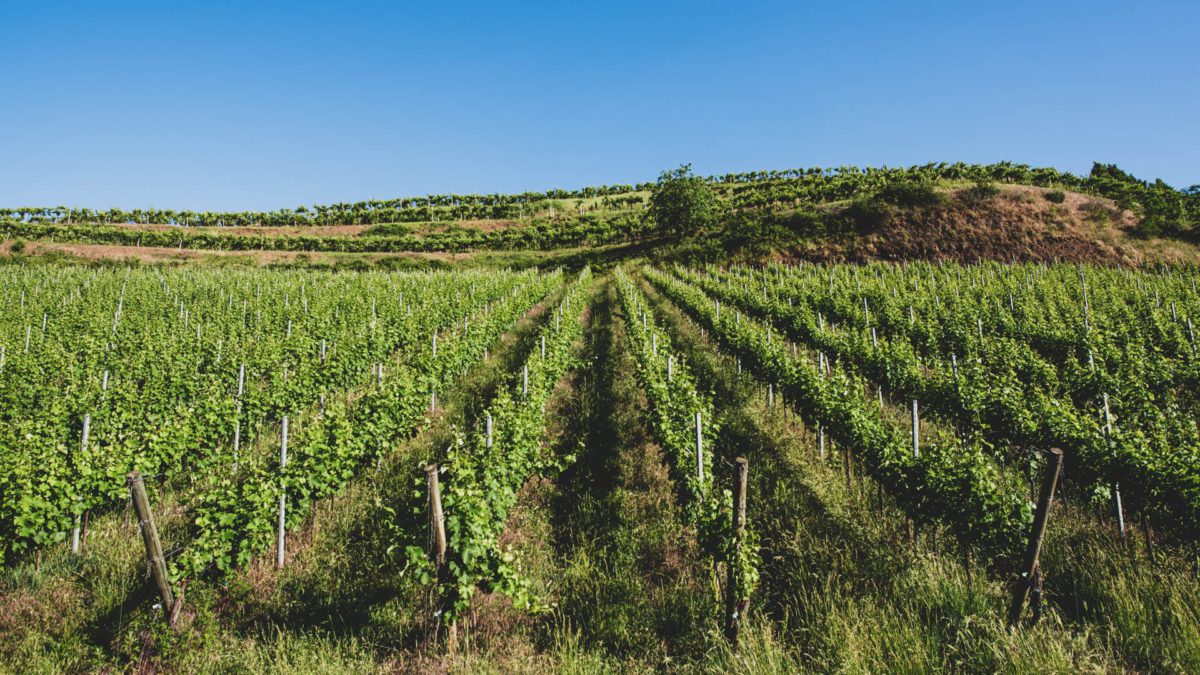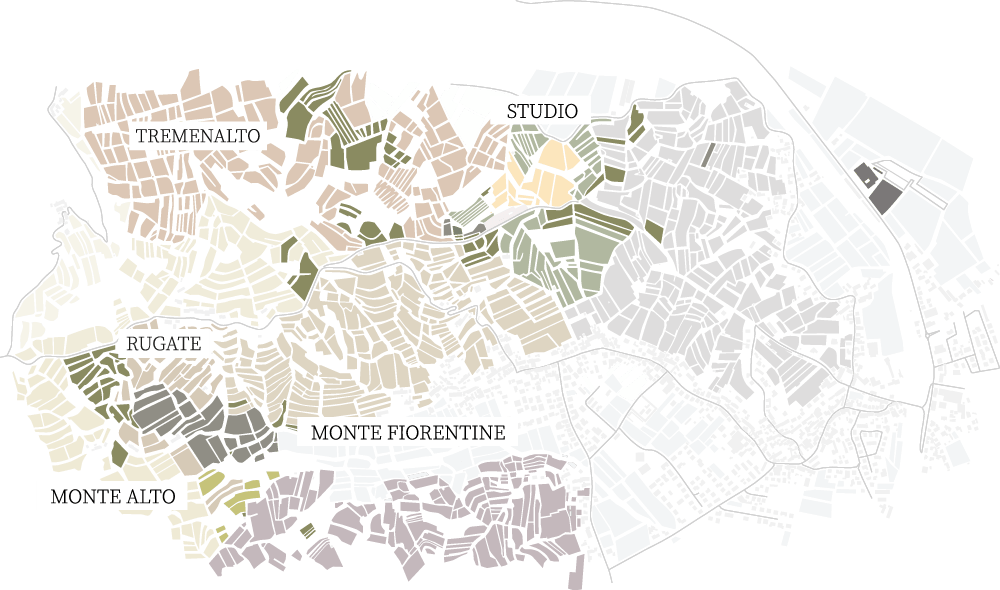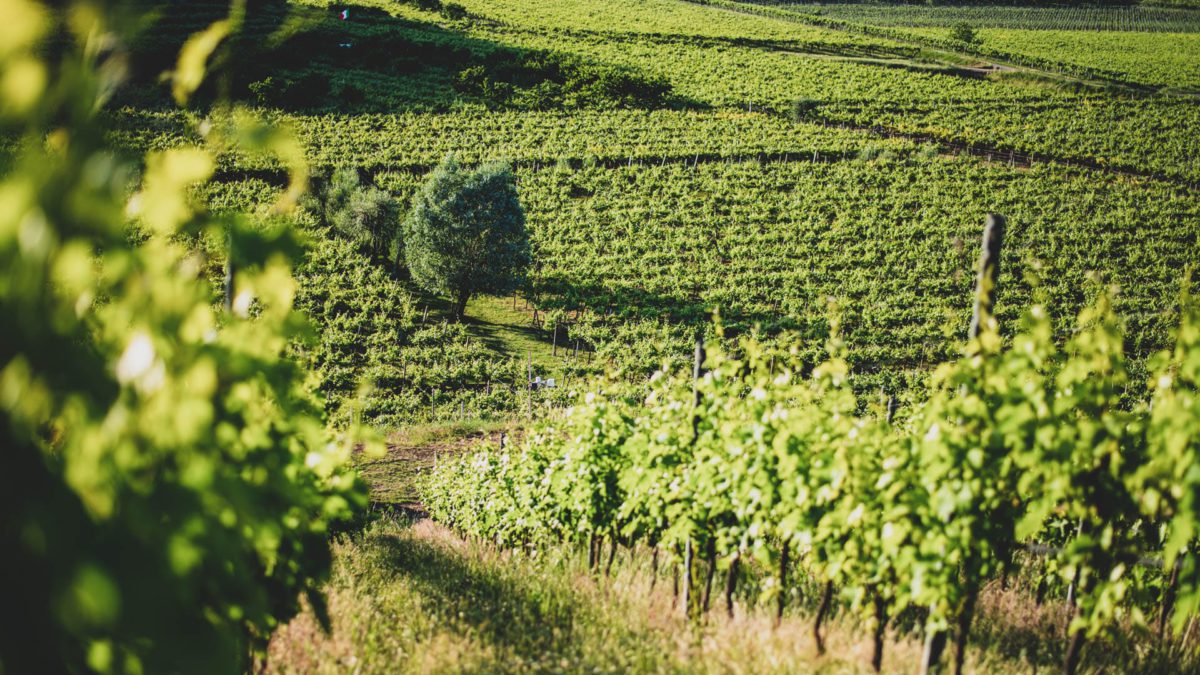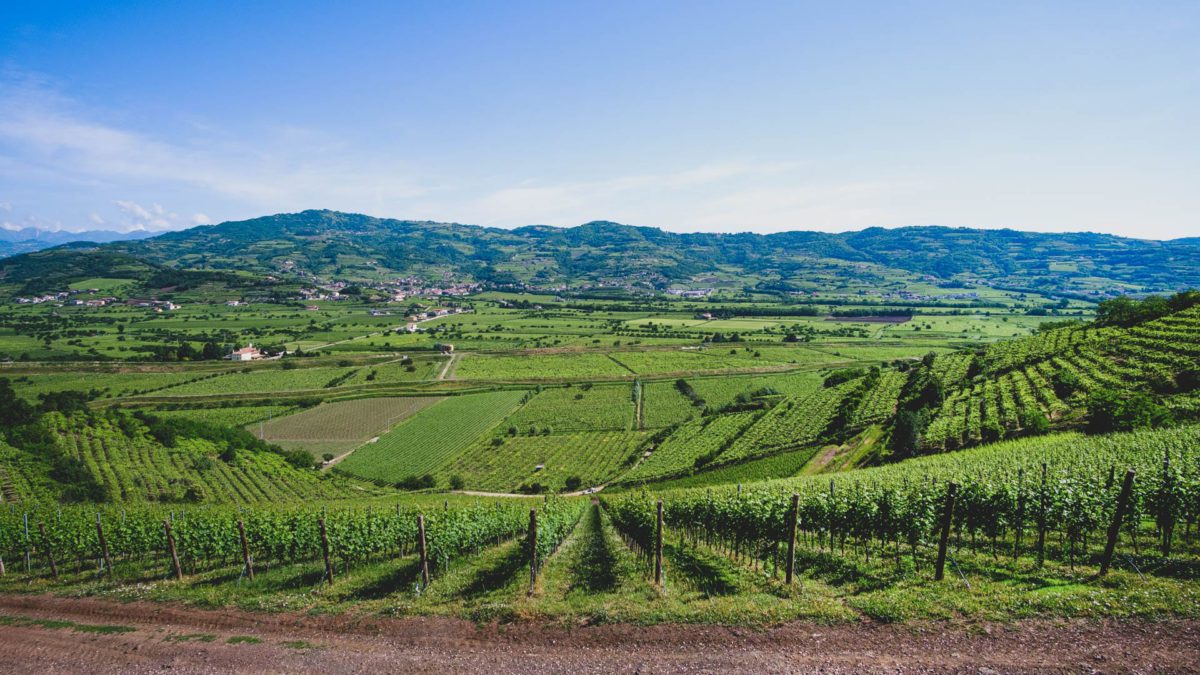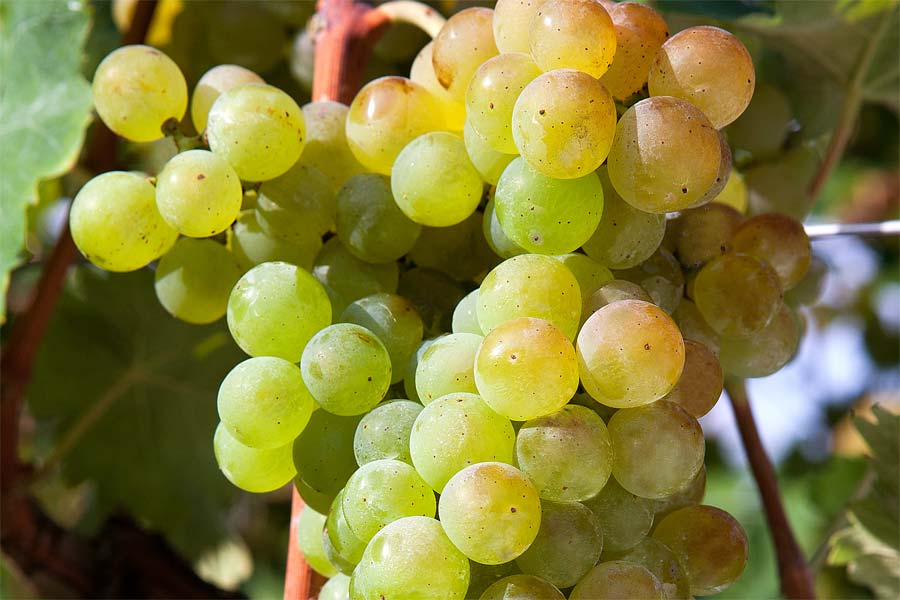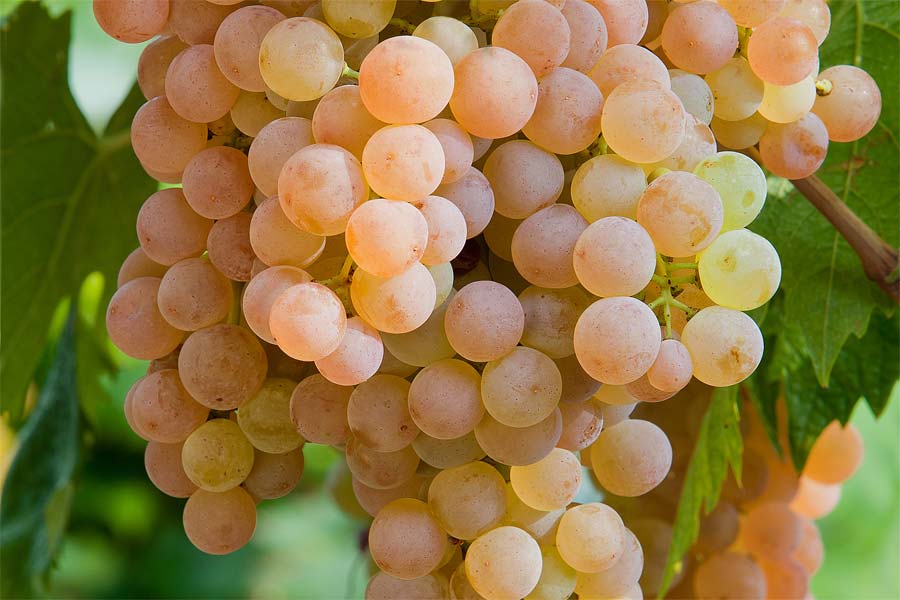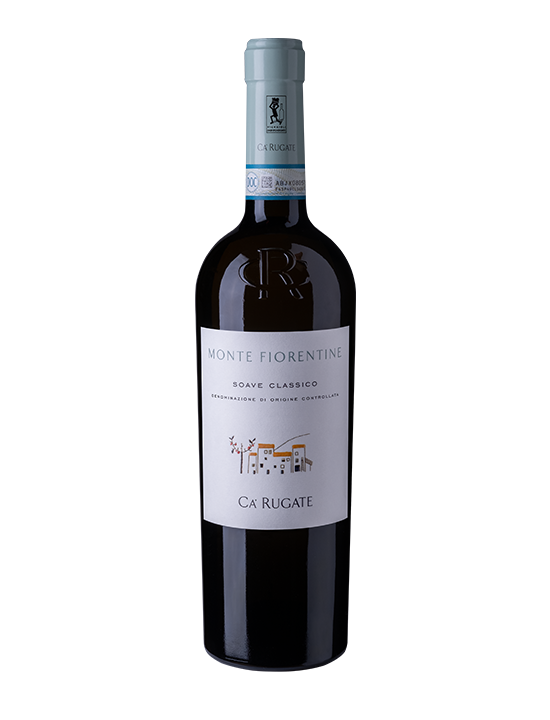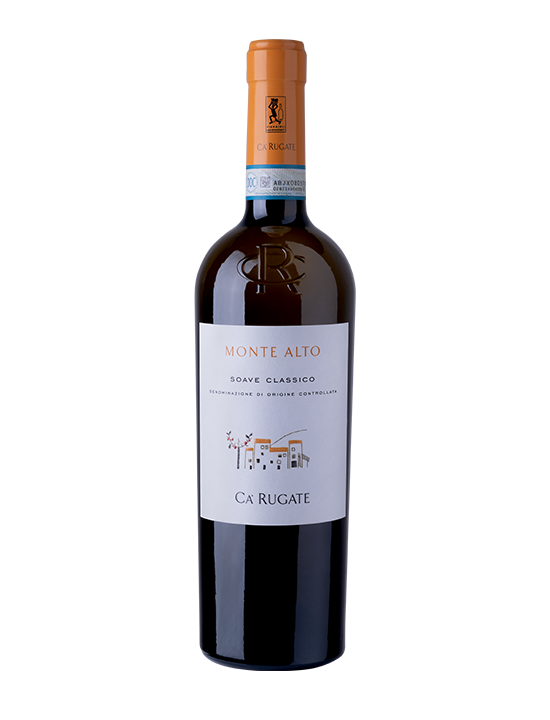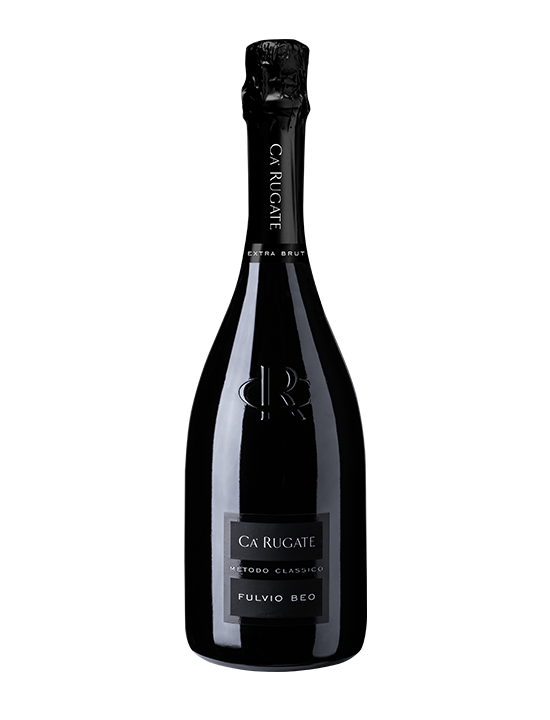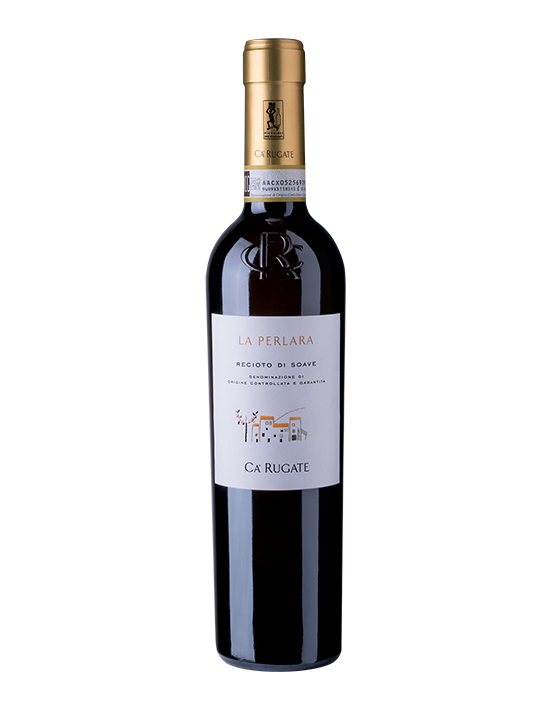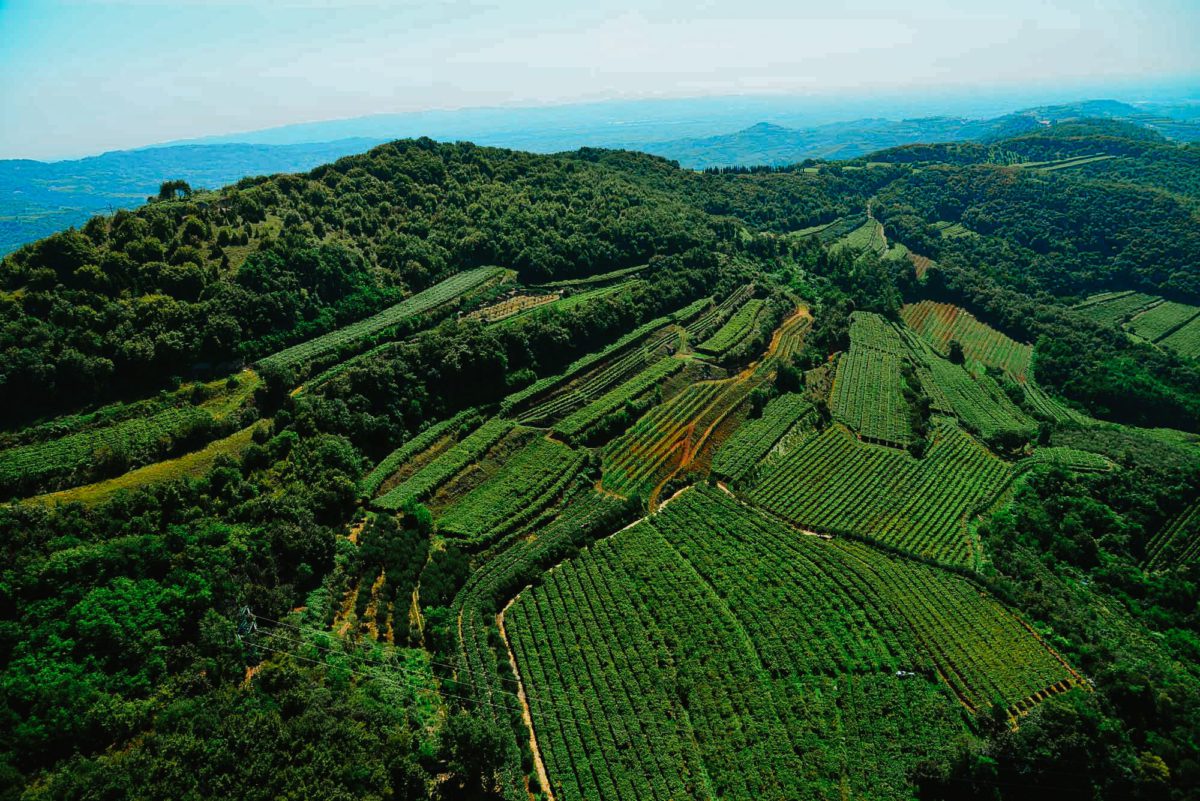The roots of the history of Soave wine lie in antiquity, from the period 150/300 A.D. The volcanic origins of the soils and their relative characteristics of lime and basalt have, over the course of time, contributed to shaping the organoleptic and aromatic profile of the grapes and the wines derived from them. Garganega and Trebbiano di Soave are the indigenous varieties which constitute the soul of Soave wine. There are circa 1200 hectares in the historic, hilly area of Soave Classico, between the district of Soave and that of Monteforte d’Alpone, known to be the district with the highest winegrowing density in Italy, where the vineyards of Ca’ Rugate are to be found, sited in a highly advantageous position. Garganega is rightly numbered among the most interesting of all white grape vine varieties, in that it can combine perfectly both freshness and complexity, as well as immediacy in the mouth combined with out-of-the-ordinary longevity.
TREMENALTO
